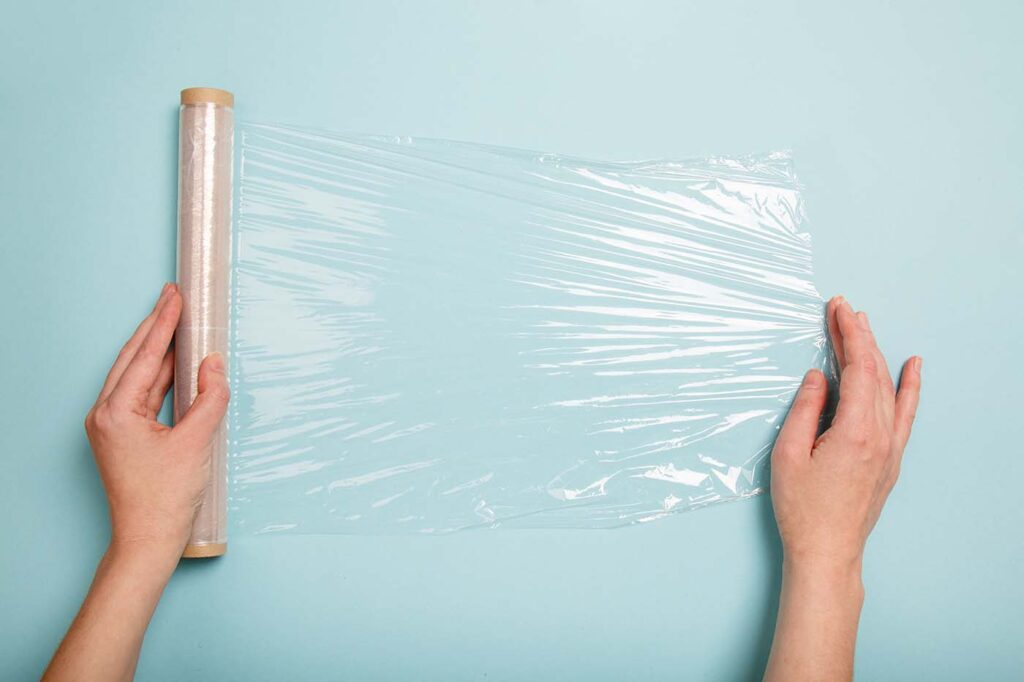
Clingfilm vs. Traditional Burn Dressings: Which is Better?
Estimated reading time: 0 minutes
When it comes to treating burns, the immediate actions you take can significantly affect the healing process and the outcome of the injury. In this article, we explore the use of cling film as a burn dressing compared to traditional methods, supported by advice from leading medical organisations.
Table of contents
Immediate First Aid for Burns
Immediate first aid is crucial in limiting skin damage following a burn. The NHS advocates for several critical steps:
- Stop the burning process by removing the person from the area and extinguishing any flames.
- Do not attempt to remove clothing stuck to the skin.
- Cool the burn with cool or lukewarm (not cold) running water for at least 20 minutes.

The Role of Cling Film
After cooling the burn, covering it with cling film is advised by both the NHS and the British Red Cross. This transparent plastic wrap helps prevent infection by keeping the area clean and doesn’t stick to the burn, thus reducing pain by keeping air from the skin’s surface.
Why Cling Film?
Cling film acts as a barrier against infection and is less likely to adhere to the injury, making it a preferable option for initial burn care. Moreover, because cling film is often readily available in homes and workplaces, it becomes a practical choice in emergency situations.
Time Limitations
It’s important to note that cling film is a temporary measure. Professional assessment of the burn is necessary, and medical advice should be sought, especially for large, deep burns, burns on sensitive areas, or if the person has underlying health conditions. If in doubt, get it checked out!
When to Seek Medical Help
Hospital attention should be sought for:
- Burns larger than the person’s hand.
- Deep burns causing white or charred skin.
- Burns on the face, hands, feet, or genitals.
- Chemical and electrical burns.
- Burns accompanied by signs of shock.

Traditional Burn Dressings
Traditional burn dressings are specifically designed to treat burn injuries. They often have a soothing and cooling effect and may contain antimicrobial agents to reduce the risk of infection. These dressings come in various forms, such as hydrogel, foam, and alginate dressings, which provide a moist environment to promote healing and may aid in pain relief. Unlike cling film, these dressings are tailored for longer-term burn care and are typically applied by medical professionals.
Clingfilm vs. Traditional Burn Dressings: Which is Better?
When it comes to first aid for burns, the choice of dressing is a critical factor that can influence the healing process and comfort of the injured person. In the immediate aftermath of a burn, caregivers often must use any appropriate materials they have to hand. Cling film is much more readily available that specialist burn dressings. Let’s examine the pros and cons of traditional burn dressings and cling film to better understand their appropriate uses.
Traditional Dressings
Pros:
- Designed for long-term care of burns.
- Often contain cooling and soothing agents to help relieve pain.
- May include antimicrobial properties to prevent infection.
- Provide a moist environment that can promote healing.
Cons:
- Not as readily available as cling film in emergency situations.
- May require professional application.
- Can stick to the wound if not appropriately chosen or applied.
Cling Film
Pros:
- Readily available in most homes and workplaces.
- Does not adhere to the wound, making it easy to remove.
- Helps to protect the burn from infection until medical treatment is received.
- Transparent, allowing for easy assessment of the wound.
Cons:
- Only a temporary solution until professional medical treatment can be provided.
- Must be applied after the burn has been cooled, which could delay medically treating the wound.
- Improper application can lead to constriction and further injury.
- Does not have inherent soothing or antimicrobial properties.
Preventive Measures
Preventing burns is as crucial as knowing how to treat them. Awareness and safe practices around potential burn hazards can significantly reduce the risk of injury. Ensure safety procedures are followed, especially in environments prone to burn risks like kitchens and workshops.
While traditional burn dressings have their place, cling film is an effective interim solution for treating burns, offering ease of use and accessibility. Remember, the best response to a burn is prompt and proper first aid followed by professional medical evaluation.
Learning More About Treating Burns
For comprehensive knowledge on how to respond to burns and other emergencies, consider our First Aid Courses, where you can learn life-saving skills from certified professionals.
This article summarises guidance from the NHS and the British Red Cross to provide a clear understanding of the immediate treatment of burns and the benefits of using cling film as a protective covering. The information provides the necessary steps to take when someone suffers a burn and emphasises the importance of proper first aid training and was current at the time of publishing. It is worth noting that medical advances move forward continuously and therefore advice often changes. This article is for information purposes only and should not be relied upon in place of medical advice which will be specific to the injury and circumstances.

